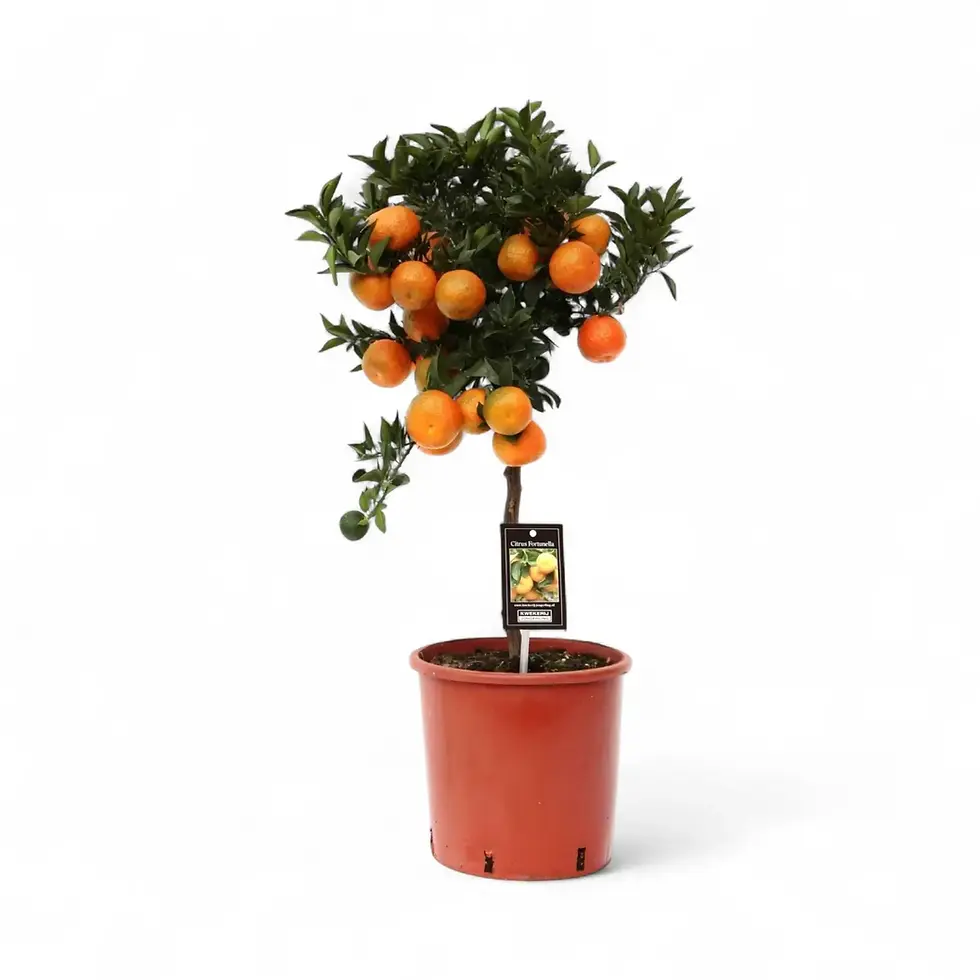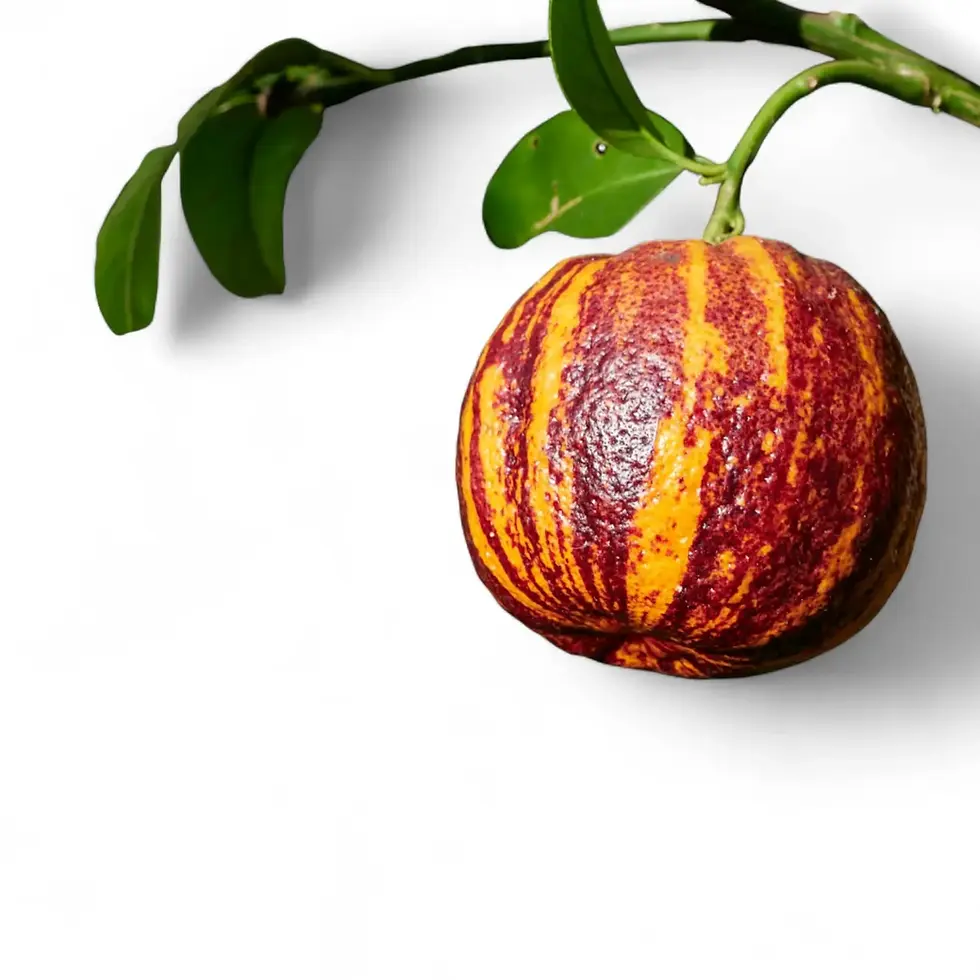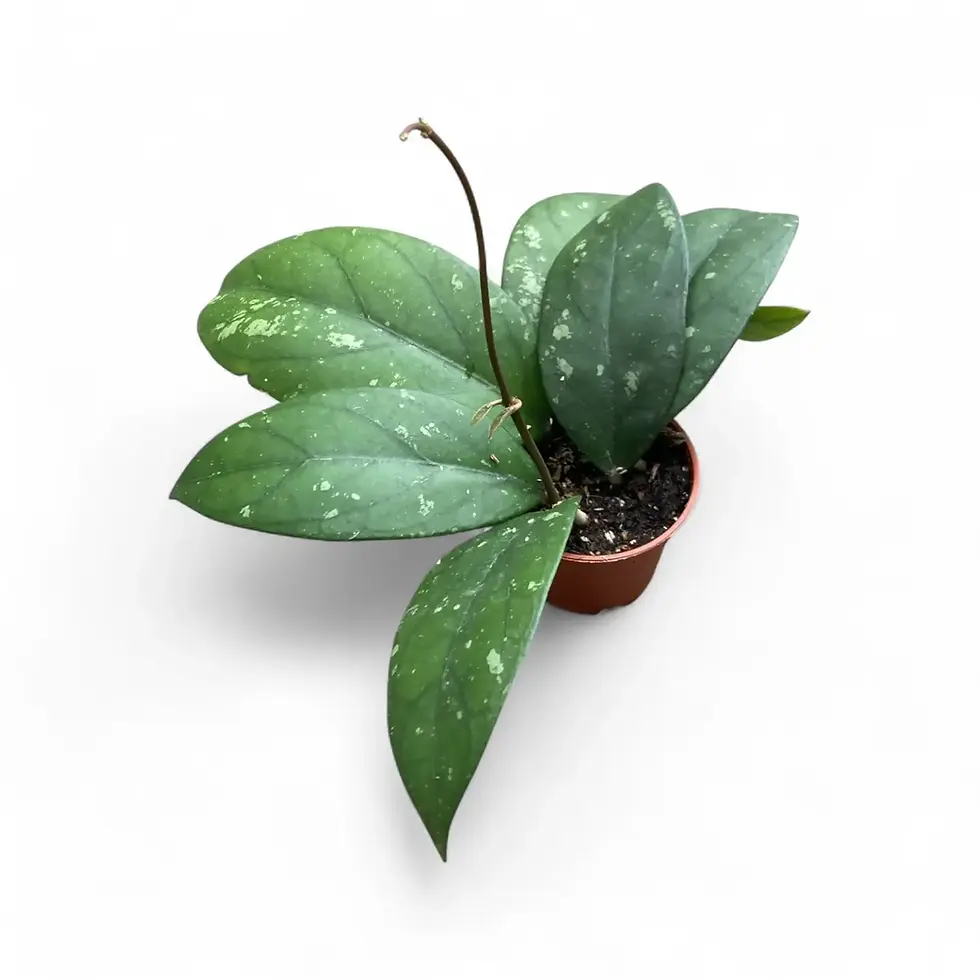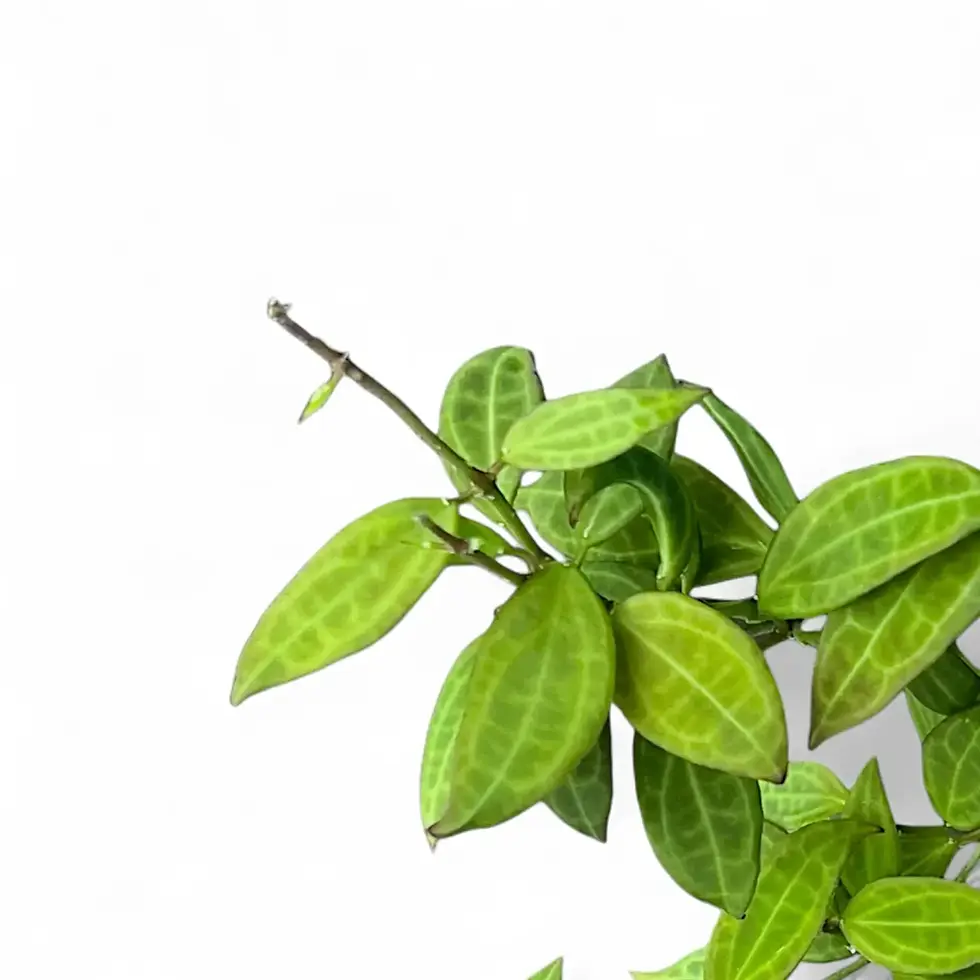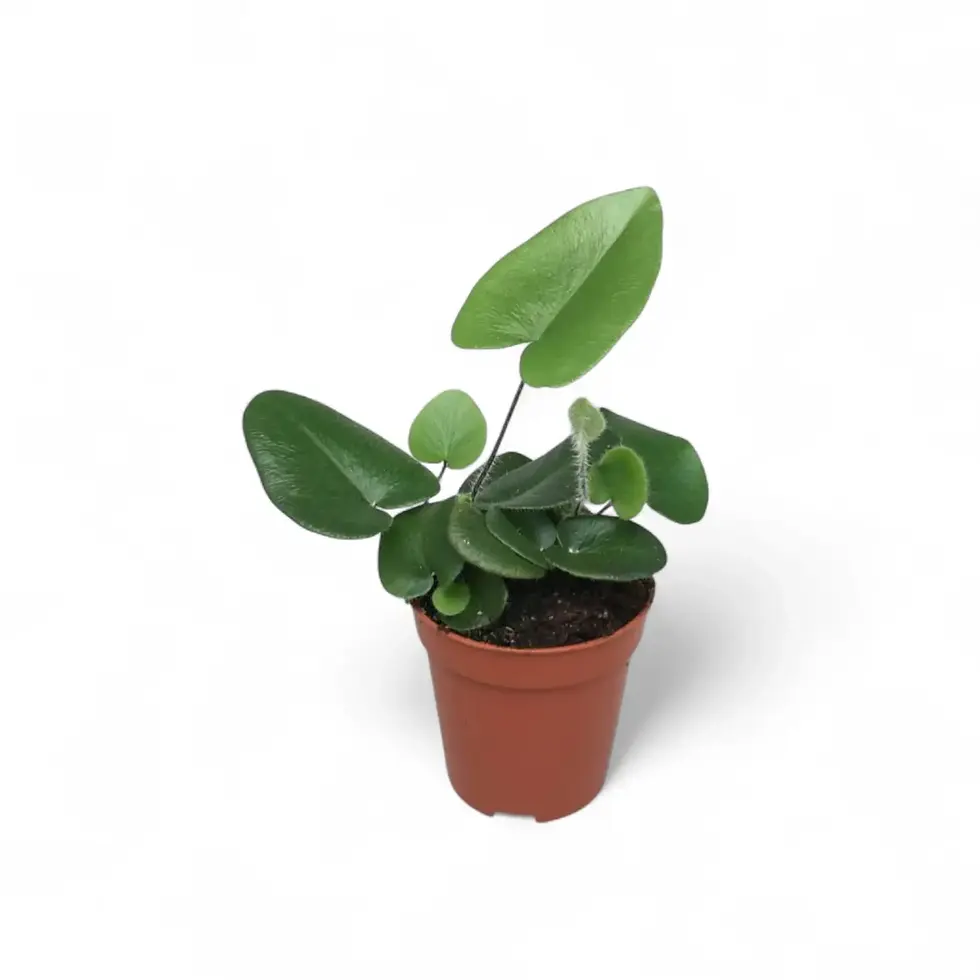Muehlenbeckia complexa ‘Maori’ – Fast-Growing Indoor Climber with Dense, Glossy Foliage
Muehlenbeckia complexa ‘Maori’ is a vigorous, low-maintenance houseplant with fine, wiry stems and dense, rounded leaves. Native to the rocky coasts of New Zealand and southeastern Australia, it adapts beautifully to indoor life. Whether spilling from a shelf, trailing from a hanging pot, or weaving through a minimalist trellis, this plant adds wild movement and soft structure to modern interiors.
Key Features of Muehlenbeckia complexa 'Maori'
- Foliage Texture: Tiny, glossy green leaves form a thick, tangled network along flexible, thread-like stems
- Growth Style: Naturally sprawling or climbing; grows up to 2 m across if left unpruned indoors
- Styling Options: Perfect for baskets, shelves, terrariums, or climbing structures
Botanical Background and Natural Habitat
- Origin: Native to coastal regions of New Zealand and parts of southeastern Australia
- Natural Conditions: Grows in sandy, well-drained soils with mild temperatures and regular moisture
- Taxonomy: Muehlenbeckia complexa (A.Cunn.) Meisn., published in Gen. Comm. Pl. 227 (1840). Basionym: Polygonum complexum A.Cunn.
How to Care for Muehlenbeckia complexa Indoors
- Light: Prefers bright, indirect light; tolerates partial shade but may lose density
- Water: Keep substrate consistently moist but not soggy. Let top 1–2 cm dry between waterings
- Humidity: Adapts to average home humidity, but grows fuller with moderate to high levels
- Temperature: Optimal range: 18–24 °C. Avoid cold drafts and temps under 10 °C
- Soil: Use a light, fast-draining mix with peat, perlite, and compost or leaf mold
- Fertilizing: Feed monthly with a balanced liquid fertilizer under consistent growing conditions
- Repotting: Repot when visibly rootbound or drainage suffers. Shallow, wide containers work best
- Support and Training: Can trail naturally or be guided along trellises or frames for vertical styling
- Propagation: Propagates easily via stem cuttings placed in water or directly into moist substrate
- Hydro Use: Performs well in semi-hydro setups if nutrients and moisture are balanced
Common Issues and Solutions
- Leaf Drop or Yellowing: Usually from overwatering or low light. Adjust watering schedule and move to a brighter spot
- Browning Edges: Often caused by dry air or inconsistent watering. Boost humidity and stay consistent
- Fungal Spots: Improve airflow and avoid excess moisture around dense stems
- Pests: Susceptible to spider mites, aphids, and mealybugs. Treat with insecticidal soap or neem oil
- Overgrowth: Prune regularly to manage size, untangle stems, and encourage bushiness
Tips for Styling and Display
- Best Uses: Great for shelves, bookcases, hanging baskets, or creeping across shallow bowls
- Design Bonus: Adds motion and contrast when paired with upright or sculptural plants
- Light Simulation: Mimic its native coastal light conditions with bright, filtered light
Plant Name Origins
Muehlenbeckia is named after 19th-century Alsatian botanist Heinrich Gustav Mühlenbeck. The species name complexa refers to its complex, interwoven stem structure. Described by Meisner in 1840, this species remains a popular choice for designers and collectors who want organic texture and quick coverage indoors.
FAQs – Muehlenbeckia complexa Care Questions
- Can it grow in low light? It will survive, but the stems will stretch, and leaves will thin out. Bright, indirect light keeps it compact and lush
- How often should I prune it? Trim whenever stems get too long or messy — typically every 2–4 weeks indoors
- Does it need support? Not required, but you can train it vertically for added structure and visual height
Add Muehlenbeckia complexa ‘Maori’ to Your Space
Want a fast-growing, low-effort houseplant that makes an impact? Muehlenbeckia complexa ‘Maori’ brings movement and texture to any corner — from hanging displays to modern shelf setups. Order now and green up your space with ease.
Muehlenbeckia complexa 'Maori'
Muehlenbeckia complexa comes in following sizes:
Baby Plant– is approximately 10 cm tall and comes in a ⌀ 6 cm pot
M – is approximately 20 cm tall and comes in a ⌀ 12 cm pot




